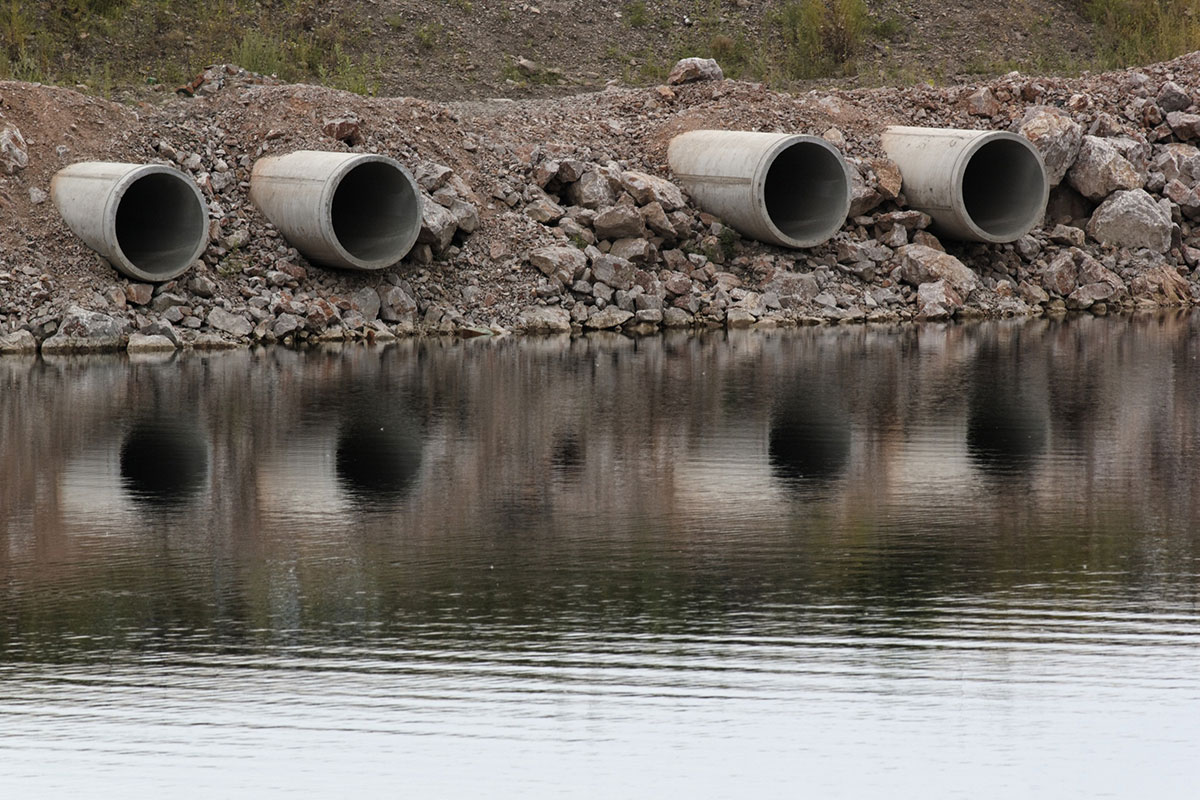Culverts are critical components in civil engineering and urban planning. This article seeks to illuminate the importance, usage, and types of culverts for those in or curious about the construction industry.
What are Culverts?
A culvert is a structure that allows water to flow under a road, railway, or similar transportation infrastructure. At its core, a culvert’s primary function is to manage water drainage, preventing flooding and ensuring that transportation pathways remain unobstructed and safe. They divert runoff from rainwater, melting snow, and other sources away from roads and populated areas.
Why are Culverts Important?
Culverts serve several very important purpose:
- Flood Prevention: Properly designed and installed culverts can prevent flooding of roads, which could damage the infrastructure and pose a threat to motorists.
- Ecosystem Balance: Culverts can also play a role in ensuring that aquatic habitats remain undisturbed. Properly designed culverts allow fish and other aquatic creatures to pass through, maintaining an ecological balance.
- Soil Erosion Control: By directing and managing water flow, culverts can prevent soil erosion, which can compromise road safety and longevity.
Types of Culverts
The construction industry employs several types of culverts, each suited for specific situations and environmental conditions:
- Box Culverts: As the name suggests, these culverts have a rectangular cross-section and are typically made of concrete. They are suitable for situations where the depth of the fill material above the culvert is minimal. Box culverts are robust, with a long lifespan, and are often used in urban areas.
- Pipe Culverts: These are the most common type of culvert, usually cylindrical in shape. They can be made from a variety of materials, including galvanized steel, polyvinyl chloride (PVC), and concrete. Pipe culverts are best suited for small streams and drainage areas.
- Arch Culverts: These culverts have a semi-circular cross-section. Like box culverts, they’re typically made of concrete and are used when a more natural-looking channel is desired or when there’s a need to allow for the passage of aquatic life.
- Bridge Culverts: When the span is too large for regular culverts, bridge culverts come into play. They bridge the gap, allowing for larger volumes of water or larger stream channels. They look like short bridges and can often accommodate vehicular traffic on top.
- Flexible Culverts: Made from materials that can flex, such as corrugated metal or plastic, these culverts can adapt to ground movements. They’re particularly useful in areas prone to land shifts or frost heave.
Considerations for Culvert Installation
While culverts play a crucial role in construction, there are several factors to consider during their installation:
- Hydrology: It’s essential to understand the volume and frequency of water flow. Installing a culvert too small for the expected water flow can result in overtopping and potential flooding.
- Terrain and Soil Type: The physical characteristics of the area will dictate the type and design of the culvert. Sandy or loose soils might need additional support or specific culvert types.
- Environmental Impact: Especially in areas where waterways are habitats for aquatic life, it’s crucial to ensure that culverts don’t create barriers. Fish-friendly designs, like open-bottom culverts, can help maintain natural waterways.
- Lifespan and Maintenance: Different materials have different lifespans. While concrete might last longer, corrugated metal might offer flexibility. Regular inspection and maintenance are necessary to ensure that culverts remain effective.
Conclusion
Culverts, though often overlooked, are pillars of effective infrastructure, ensuring roads remain safe, ecosystems remain balanced, and communities are safeguarded against potential flooding. By understanding the types and considerations for culvert installation, professionals in the construction industry can make informed decisions, ensuring the longevity and safety of both the built and natural environments.

